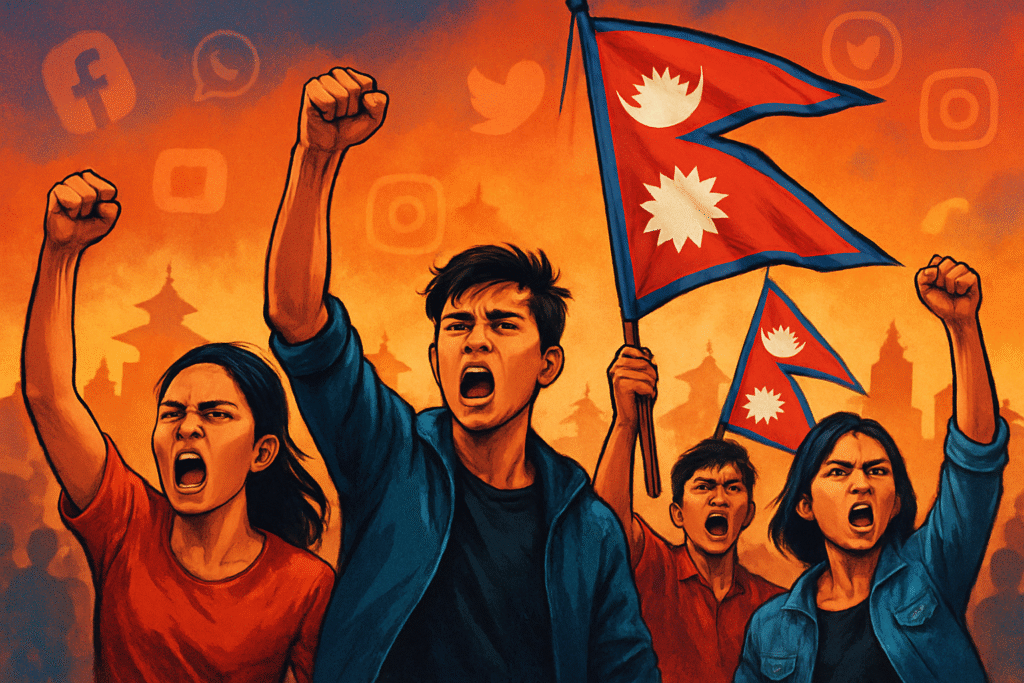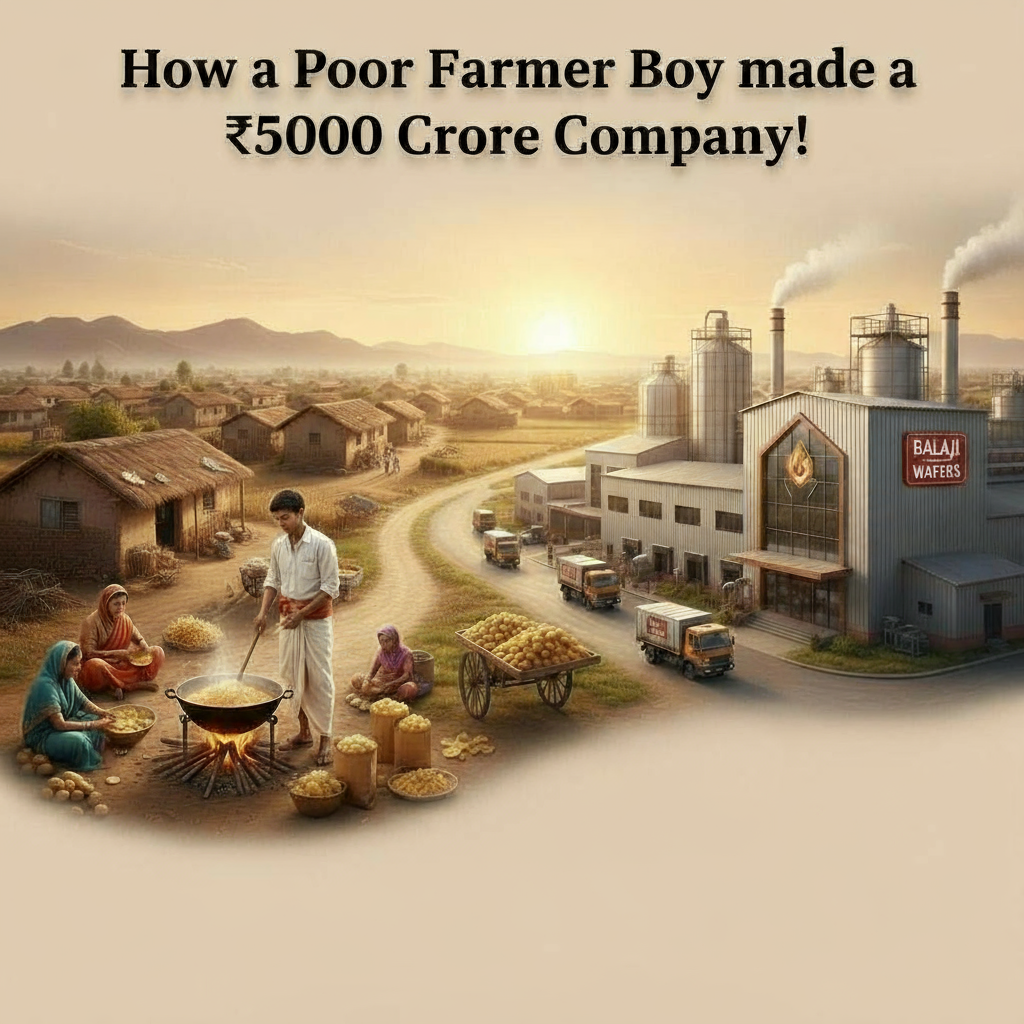In September 2025, Nepal witnessed a powerful wave of youth-led protests that transformed its political landscape. Driven by frustration over corruption, economic struggles, and an abrupt social media ban, Generation Z took to the streets, demanding real change and making history in the process.
What Sparked Nepal’s Gen Z Movement?
The immediate trigger was a sweeping government ban on 26 major social media platforms—including Facebook, Instagram, WhatsApp, and YouTube—in early September 2025. The ban was justified by officials as a measure to curb fake news and enforce local regulations, but it was seen by many as an attempt to silence criticism and control public discourse.
Beneath the surface, the protest was powered by long-standing grievances:
- Corruption: Nepali politics has been plagued by allegations of mismanagement and embezzlement at the top levels, with little accountability.
- Nepotism and Elitism: The hashtag #NepoKids went viral as the privileged lifestyles of politicians’ children contrasted sharply with the daily struggles of ordinary youth.
- Unemployment: Youth unemployment exceeded 20% in 2024, forcing many young Nepalis to seek risky or low-paid jobs abroad, sometimes in conflict zones.
- Lack of opportunity and voice: The government’s handling of these issues, and its crackdown on online platforms, left many feeling voiceless and excluded.
Protests Erupt: Timeline of Events
On September 8th, Kathmandu and other cities saw tens of thousands of students and young people—many in school or college uniforms—peacefully marching for their rights. The marches quickly turned tense as police tried to disperse crowds using water cannons, tear gas, and eventually live ammunition, resulting in casualties.
- Key government offices and political residences were attacked or set ablaze in the chaos that followed.
- TikTok, one of the few unbanned platforms, became a central hub for protestors sharing updates and rallying support.
- Protest slogans drew attention to the contrast between ordinary families’ hardships and politicians’ wealth: “Politicians’ children bring Gucci bags from abroad; ordinary people’s children return in coffins.”
Despite curfews and internet shutdowns, demonstrations continued across major cities like Pokhara and Bharatpur, fueled by a historic sense of injustice.
Fallout: Resignations and Policy Reversals
The government’s response included both violence and attempts at negotiation, but mounting pressure led to dramatic changes:
- By September 9th, Prime Minister KP Sharma Oli and several top officials had resigned.
- Sushila Karki, former Chief Justice, was sworn in as interim Prime Minister to restore order.
- The unpopular social media ban was lifted, and the government pledged reforms in response to public demands.
Why This Matters: Lessons Beyond Nepal
Nepal’s Gen Z movement is a striking example of how digital-native youth can drive social and political change, using technology both to mobilize and to expose injustice. High unemployment, economic anxiety, and the stifling of free expression are issues faced across many countries, making Nepal’s story a warning and inspiration for others.
Despite ongoing debates about the nation’s political future—including fringe calls for a return to monarchy—the youth movement has renewed calls for a more accountable, democratic system

